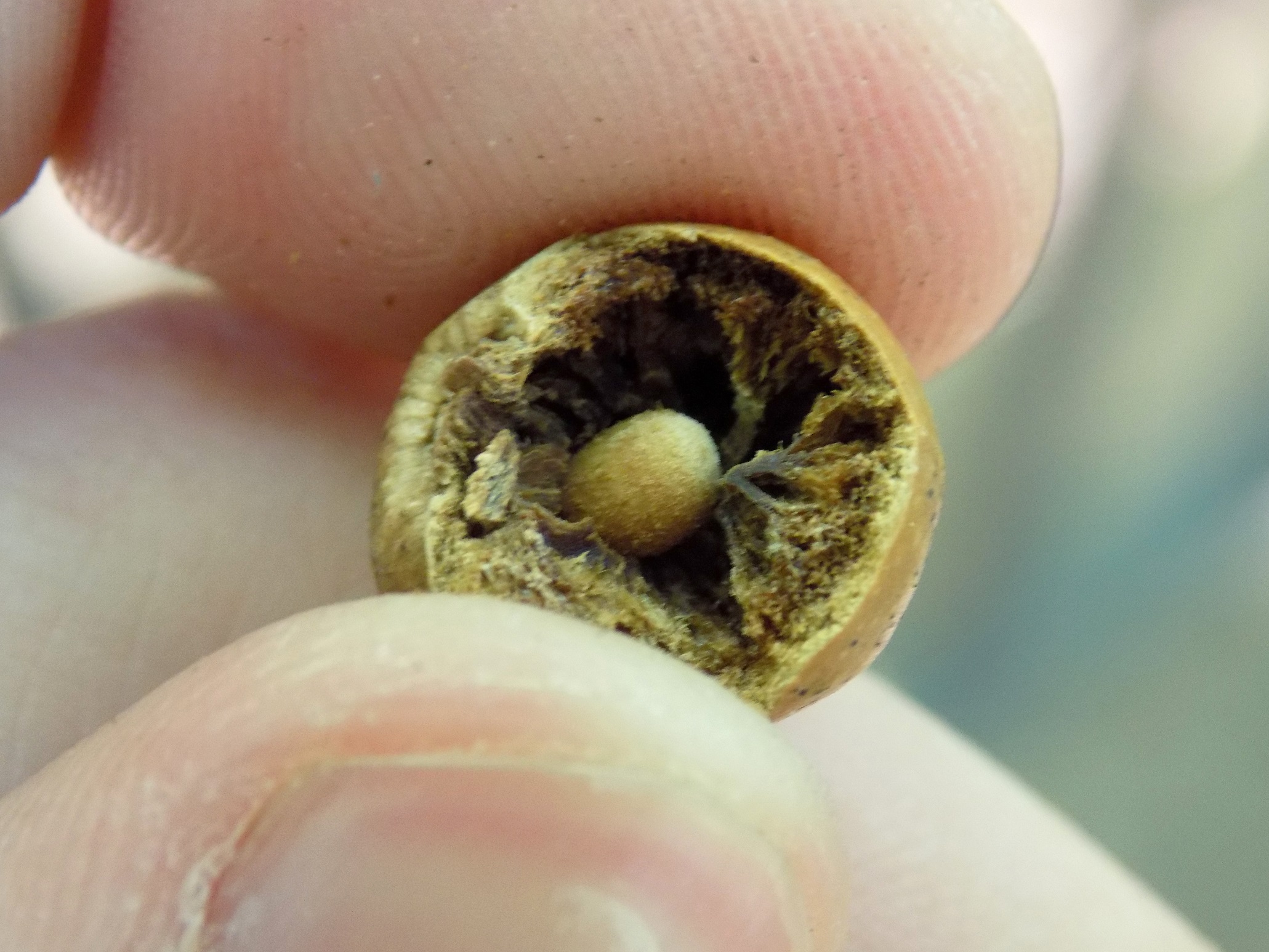
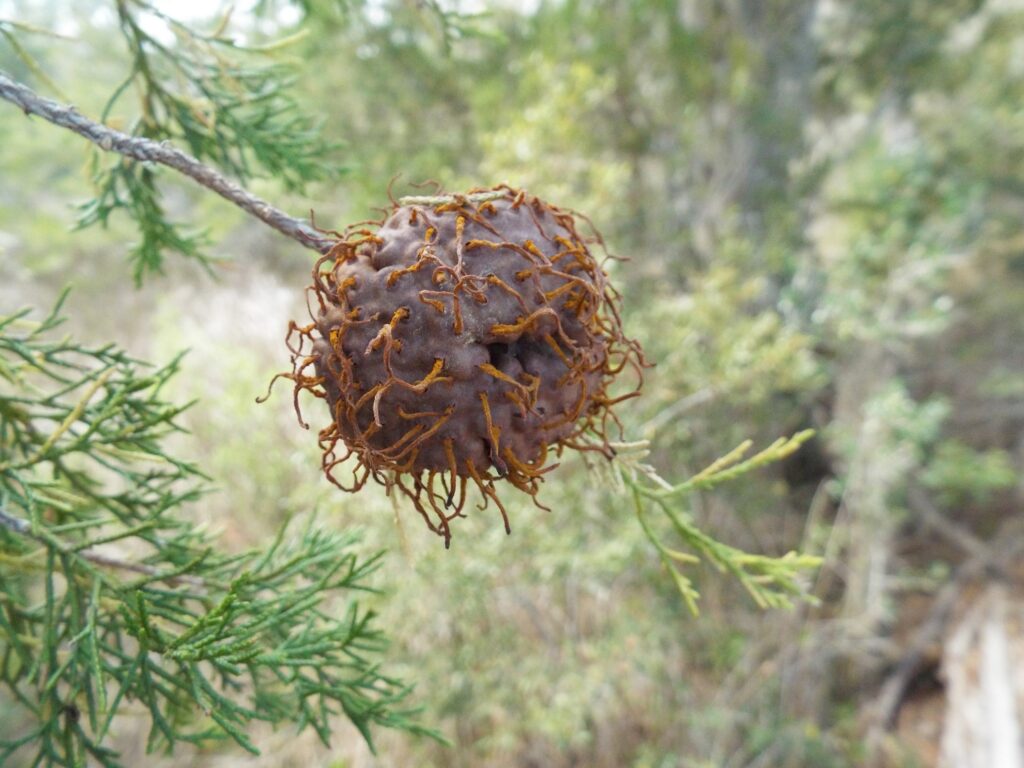
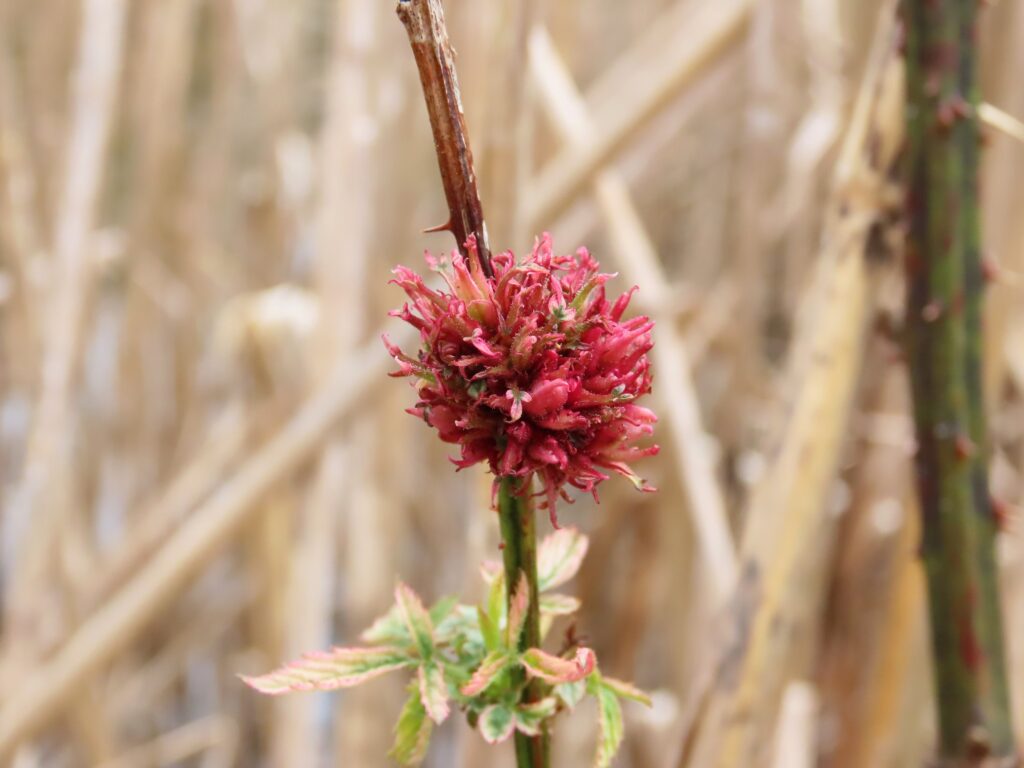
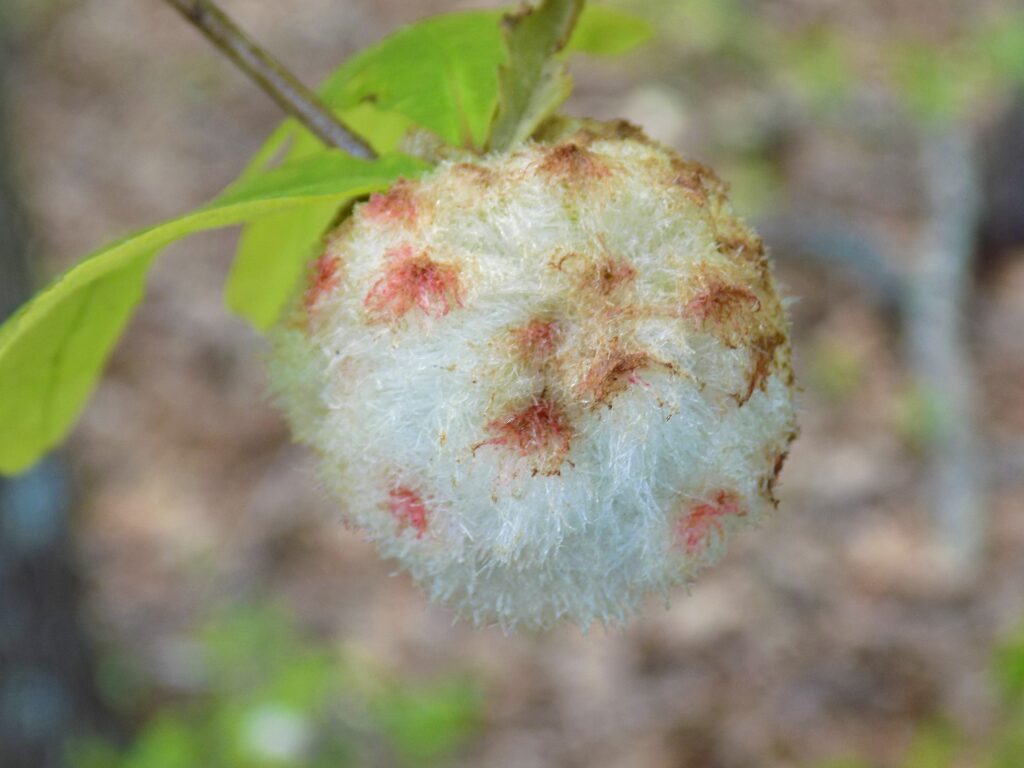
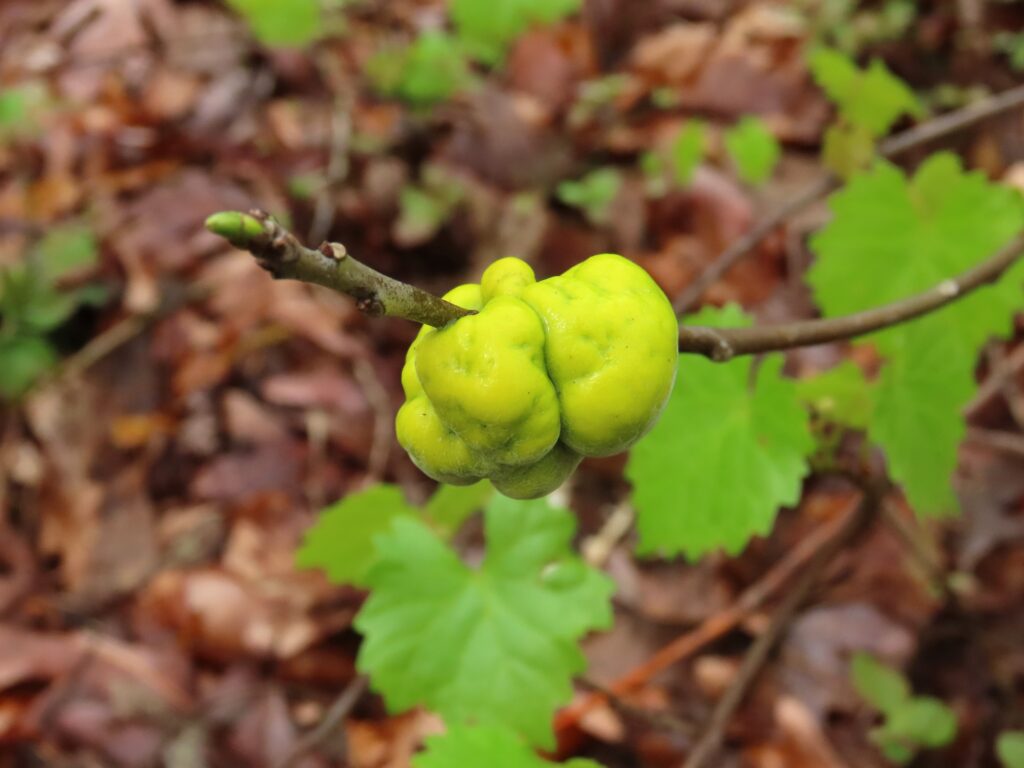
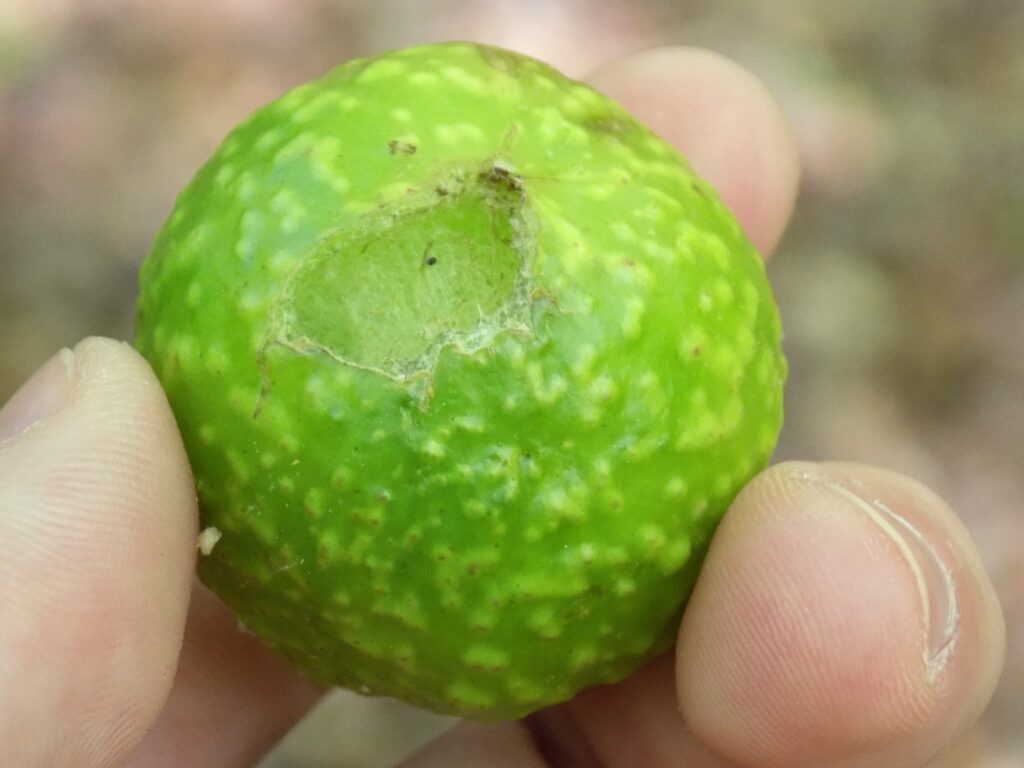
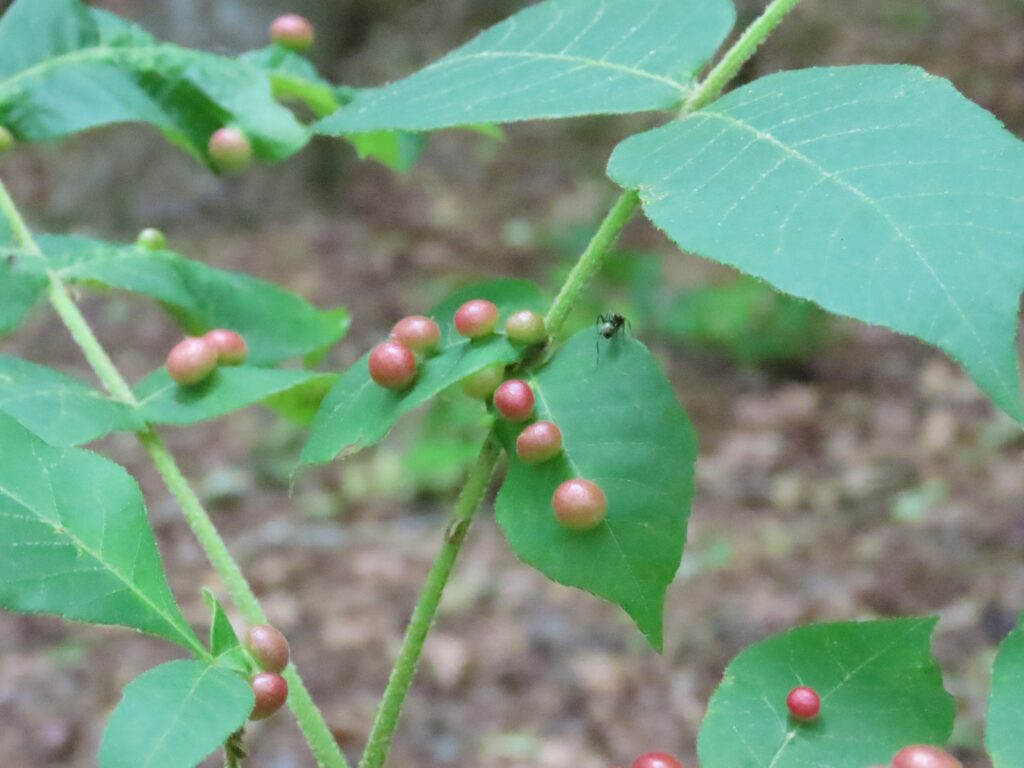
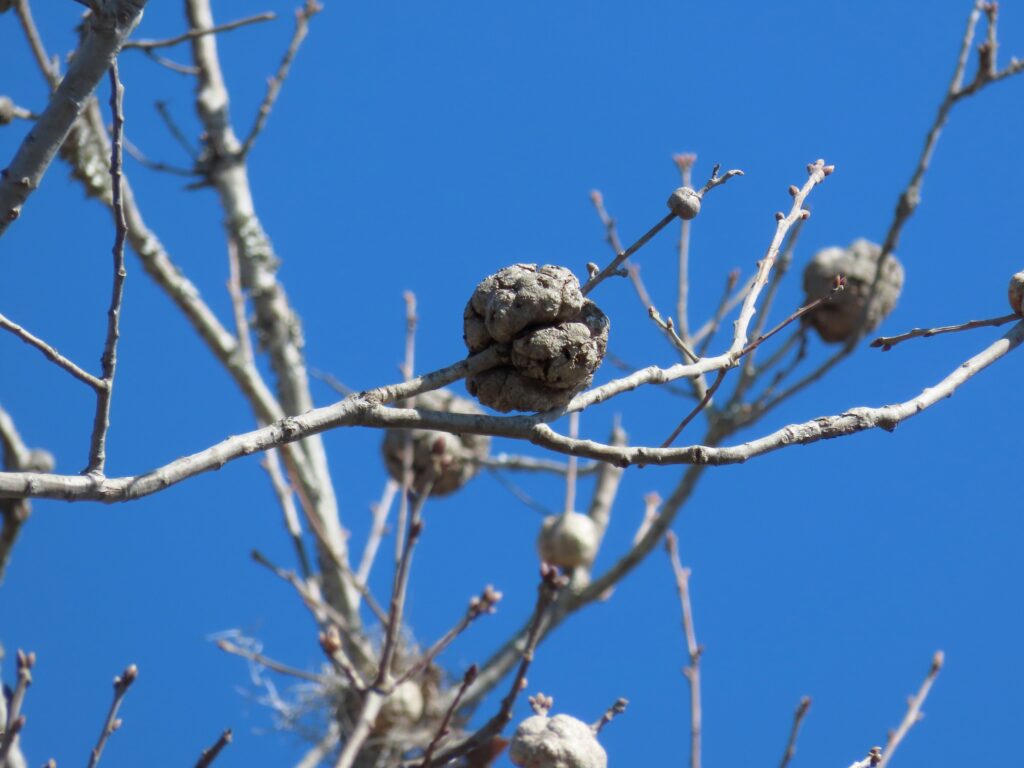
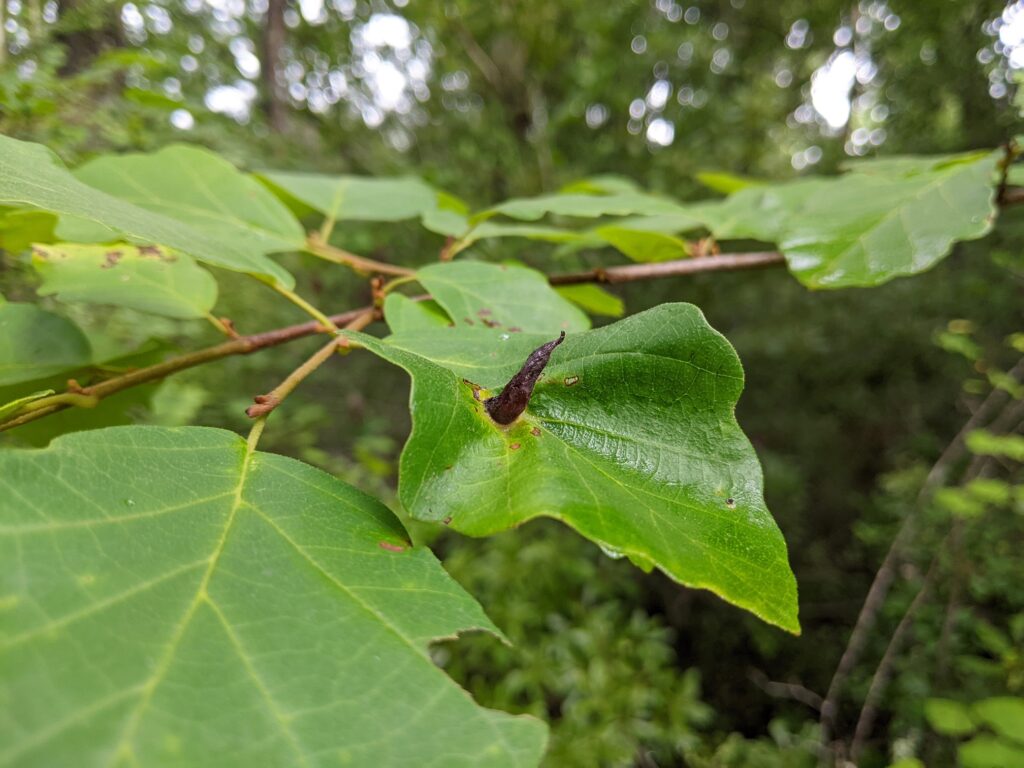

This week for Flora and Fauna Friday, we have not so much a species but an assorted collection of fascinating parasites, plant galls.
Plant galls are, ostensibly, plant tumors. However, rather than forming due to genetic degradation and mutation, like with cancer, they are instead caused by an outside force. Think of them less like cancer and more like warts. Plant galls can be formed by any manner of parasitic organism, be they a bacterium, fungus, nematode, mite, aphid, fly, moth, wasp, beetle, or something else. Due to the unique way each species of gall-forming parasite interacts with the physiology and biochemistry of the plant, each different parasite species creates their own distinct looking galls, some with incredibly intricate and well-adapted shapes.
The way a gall forms is first by a foreign organism entering the tissue of the plant. They do so either through an open wound, as with some fungi and bacteria, or, as with many of the gall-forming arthropods, by being laid in a wound created by the parent animal. Once inside the plant, the parasite starts releasing chemicals that mimic certain hormonal signals of the plant. Because plants lack a central nervous system, they communicate internally primarily through hormonal signals. By mimicking these signals, the parasite can force the tissue of the plant in its immediate vicinity to grow in very specific and peculiar ways. This often creates strange and fantastical looking growths that resemble no natural feature of the host plant. The bacterium, fungus, or invertebrate is doing this for one specific reason, free room and board. Rather than attacking the plant directly, the gall-former has tricked the plant’s own biochemistry into engulfing it with a protective shell made of nutritious plant tissue. As the parasite feasts on this newly formed gall, the plant keeps regenerating it. It’s a simply ingenious strategy. However, the plants catch on eventually and so this trick works best only during the growing season. Thus most gall-formers are adapted to take advantage of this narrow window of opportunity before going dormant until the next spring.
Plant galls can appear on any part of the plant. However, leaf and twig galls are generally the most common. Some common plant galls in our area include the following. The Goldenrod Stem Gall which is caused by a fly. Sweetleaf Gall which is caused by a fungus. Witch-Hazel Cone Gall which is caused by an aphid. Crown Gall which is caused by a bacterium. Spongy Oak Apple Gall which is caused by a wasp. Hickory Leaf Gall formed by an aphid. Lastly, Root Knot which is induced by soil nematodes and is a major agricultural pest in the Southeast.